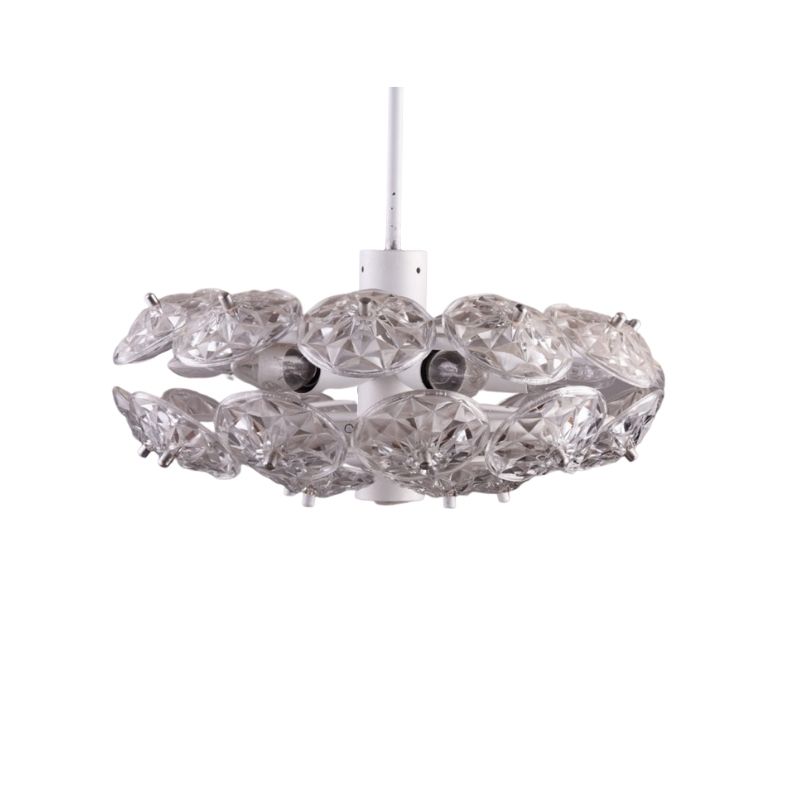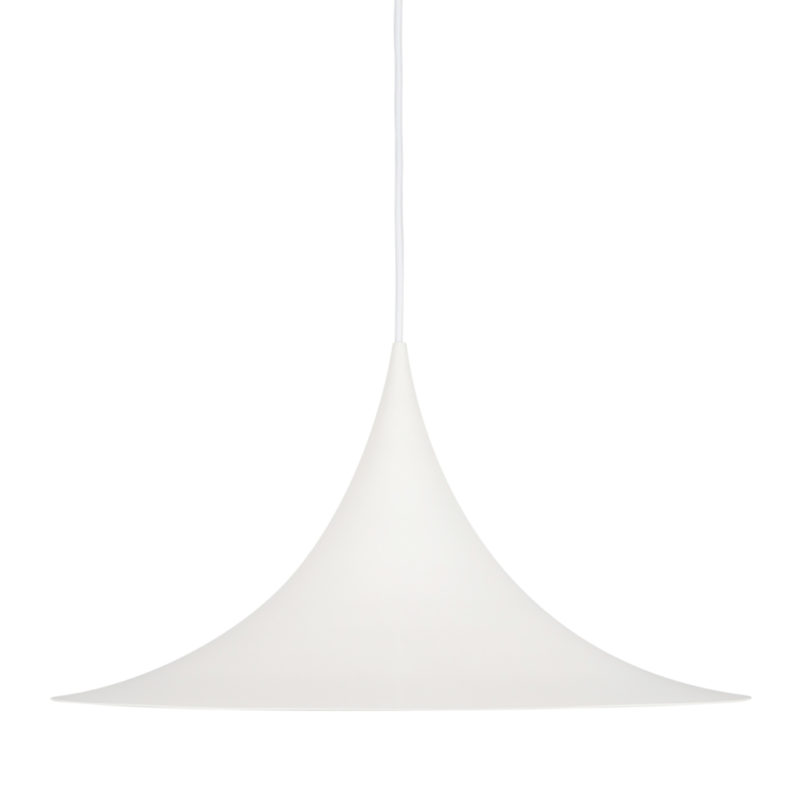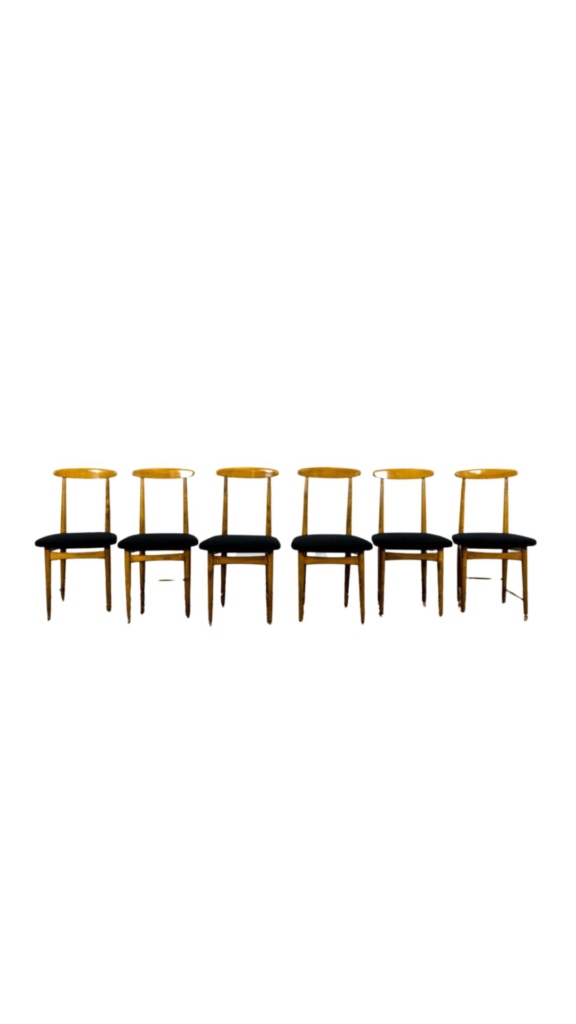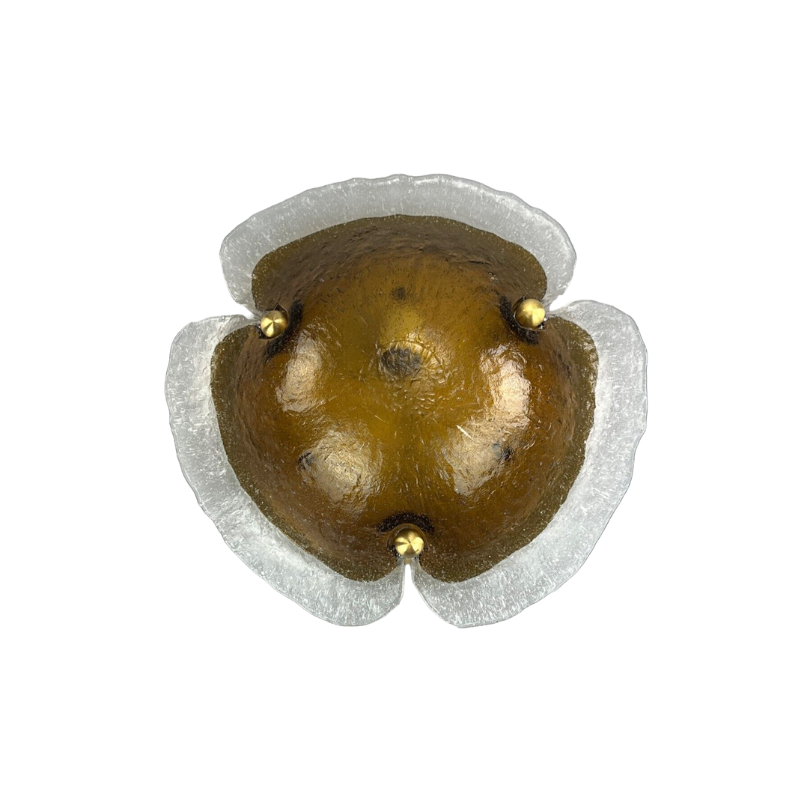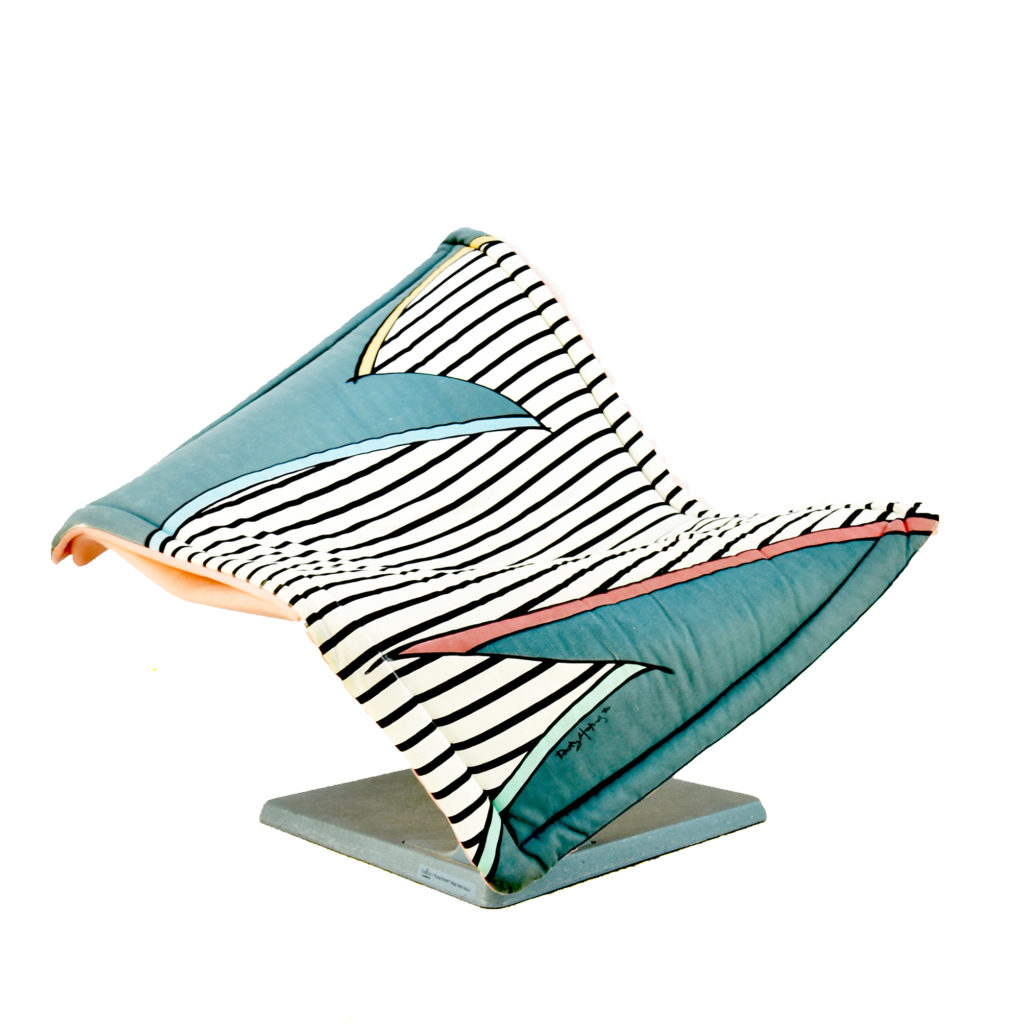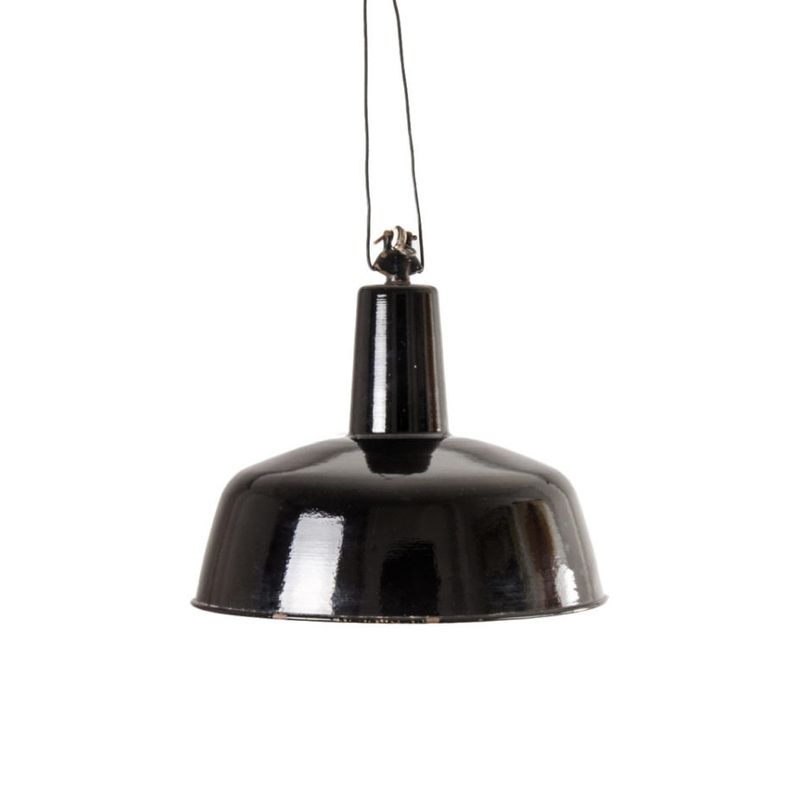It may be counter-
intuitive to some, but I'd see this as an opportunity to demonstrate historic accuracy and "class" (in one sense or another) at the same time. In other words, what were the icons of the previous few years, what was of the moment if it seems significant after all this time -- but definitely "of the best." Lots of interesting things were happening, of course, and the mood of the scripts should provide some useful input. But lava lamps and bean bags ain't going to cut it for the principal sets, as I see it.
Maybe as comic relief, in the "goofy-girlfriend's or boy-friend's pad . . . "?
I'm turning to some Record House annuals, for inspiration . . .
Breuer, Mies, Saarinen,
Eames, Bertoia, Florence Knoll -- it's all there, plus the occasional Corbu classic, including his Thonet favorites and the Grand Confort. Aalto doesn't seem to be so much in evidence -- in a New York-edited magazine, for what that's worth. Many Wassily chairs, much early Breuer, and two instances of the Basculant of Corbu.
And a small quantity of Danish modern, like Wegner, and a scattering of traditional furnishings, as accent.
well SDR
I'm sure everybody WAS there (in the Record House Annuals at least!) And yes, TV shows need to do things a certain way. So you are probably right.
And I agree: LAVA LAMPS OFF EARTH NOW!
But wouldn't you say those books are filled mostly with designers who had already established themselves as icons in earlier decades? The stuff that populates those houses seems not to have changed much. (That was true for the art of the 1970s too-- the iconic abstract painters didn't change much from the styles that that they had established in the 60s.)
I will "begrudgingly" admit that Saarinen tulip chairs and tables DO somehow feel right and iconic in a typical 1970s environment. Maybe because the smooth curving white shapes work so well against all that wood paneling, and are a relief from the textures and patterns and color. And macrame.
You KNOW I am just winging it here, and have done no research! I prefer remembering things my own way, rather than how they really were.
The real 1970's changes seemed to be in the houses themselves, rather than the furnishings. The ceilings got much higher to create a more open airy space, and the main structural beams got WAY heavier and clunkier and darker. The wood paneling gets more extensive.
Thinking of mass consciousness though, Heath's Papasan chairs and macrame bikinis seem just as correct. Those macrame bikinis were rather memorable. Ahem. But I digress.
In the big simple picture, I still can't help but feel that the 70s was mostly a "winding down" period, more than anything else.
A culturally "soft", post-party hangover.
A rudderless ship that never found direction again until the 80s.
This suggestion is probably going to get some backlash,
but I'd also look at Bob and Midge's house on That '70s Show. Although in Wisconsin, they are supposed to represent an affluent 70s family. If nothing else, it might be useful as a case study.
Edited to add:
Also, you'll notice that there are high design objects used on that set, as well as kitsch.
Ok, 19 replies and
no one has mentioned this. My pet peeve about set design is when the designer says, "alright, it's 1971. Let me go find things from 1971."
Whose house or office looks like that? What? Did the character just go and purchase everything all in one day? A REAL house or office includes things from all different eras that have been purchased (or handed down) over time.
Grrr. Rant over.
Riki,
I agree; to wit, the list of furnishings I found were all pieces designed in the previous decade, or earlier.
Eames, you're right too -- the real innovating was mostly done before the 70's rolled around. So, maybe an example of Italian molded plastic or a Boughman sofa would do, but most of the designs will want to be from the masters of the pre-war and post-war years ?
As for "That 70s Show" (which I continue to watch, in reruns), neither the Pinciottis nor the Formans were upper-class families; indeed it's a bit surprising they would have real Tulip chairs in the kitchen rather than a knock-off design -- perhaps purchased in a downtown Milwaukee or Racine store with a name like Schlockmansteugler's ? The Forman's living room is a symphony of Avocado and Harvest Gold, with a bit of warm-colored brick and the world's least convincing stair.
When we finally see the home of the upscale family in the show, it is the least inspired of the interiors. Perhaps it's just "luck" that the Formans and their neighbors didn't shop at K-Mart . . .
I'm helping my folks with som...
I'm helping my folks with some renovations at the moment, there really was a lot of orange and brown, it must having been like living inside of a gigantic jaffah.
There was this thing with bedding a while ago, I bought some pillow cases and after putting them on realised that they were the colour of old dried sweat etc, yuck.
I think the warm
70s palette had something to do with erasing the red-white-and-blue Pop colors of the previous decade. Those in turn owed something to the first (i.e., International) post-war American modernist phase, it seems.
Apropos of this, certain American modernsims never bought into the Bauhaus phase; in particular I think of Frank Lloyd Wright, whose whites were reserved for paper and glass -- if then. Even his American-flag graphics were rendered in ivory; the Guggenheim was painted a warm sand, originally, and none of his ceilings were dead white: there's always a pale gold or even brick-tan tone to his plaster surfaces.
White-matted art looks so nice on a tinted ground . . . !
On reviewing
"The Forman's living room is a symphony of Avocado and Harvest Gold, with a bit of warm-colored brick and the world's least convincing stair":
The stair is covered with burnt-orange shag, and has one walnut-colored "Colonial" turned spindle per tread. And the rise is far too easy relative to typical residential construction . . .
But that Chicago Common brick is tasty !
If you need any help, please contact us at – info@designaddict.com



